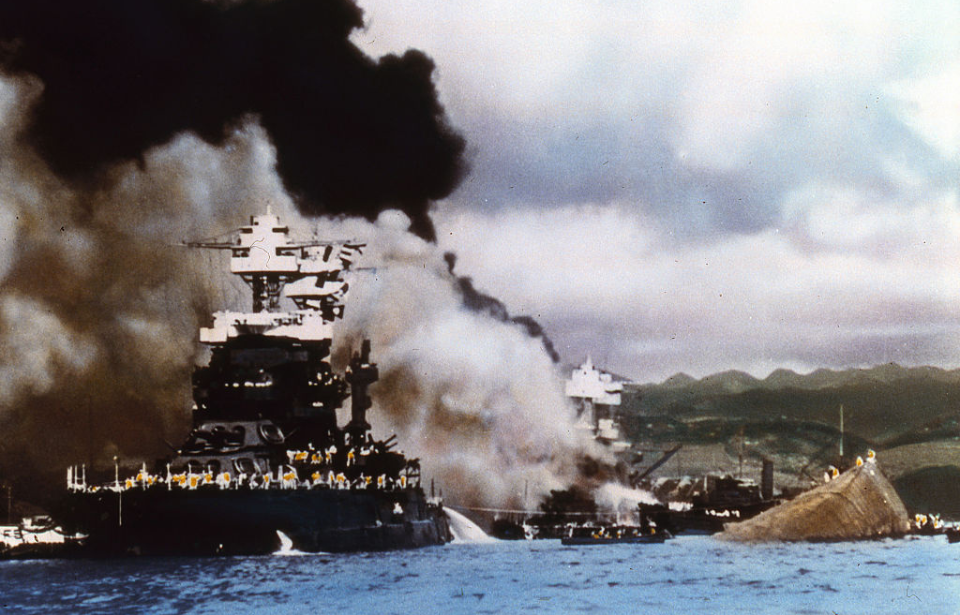The Japanese attack on Pearl Harbor was one of the most pivotal moments of the 20th century, possibly in human history. The assault brought the United States into the Second World War, leading the country to squeeze every ounce of potential out of its enormous industrial and technological capabilities, culminating in mankind harnessing the power of the atom.
The attack has remained a hot topic worldwide due to its element of surprise and the notion that the Japanese inadvertently woke the “sleeping giant” that was the US. The objective was to try and knock out the Pacific Fleet in one fell swing, therefore allowing the Japanese to move through the Pacific uninhibited. The amount of time it would take for the US to rebuild would be long, with the hope being to force a peace agreement.
The attack shocked the American public, changing their previously hesitant stance on joining World War II into overwhelming support. By the next day, the country had formally entered the war. However, one question has been raised in the decades after: was the attack actually a surprise to the US government?
Theories abound regarding the attack on Pearl Harbor
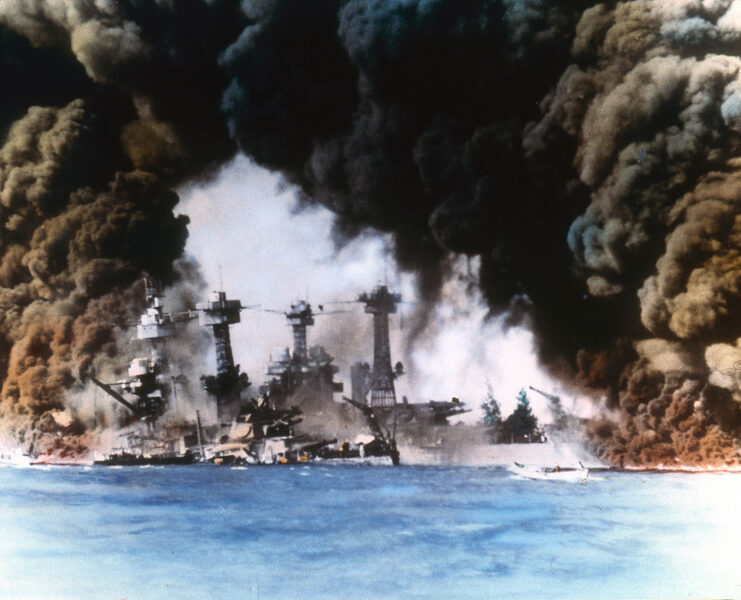
The Japanese attack on Pearl Harbor has become one of the most analyzed military actions to ever occur, both officially and by historians. As with any major historical event, such as the assassination of US President John F. Kennedy or the September 11th attacks, Pearl Harbor is rife with conspiracy theories.
The most popular is the United States was aware of the impending attack and let it happen to justify the country’s entry into the Second World War. One of the earliest examples of this was written in a booklet by John T. Flynn, the co-founder of the America First Committee. Titled The Truth About Pearl Harbor, the 1944 booklet detailed what’s now known as the “advance-knowledge conspiracy theory.”
Before the attack, the US had made good work of breaking Japanese military and diplomatic codes. As a result, it’s easy to assume that communications about the attack would have been intercepted long before it occurred. The US Navy’s aircraft carriers being elsewhere at the time only adds fuel to the fire.
Aware an attack was coming, but not where or when
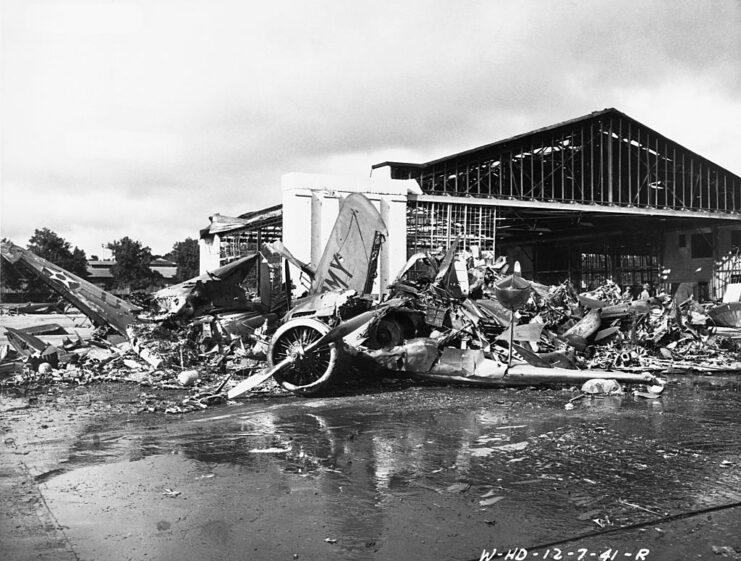
While the bulk of theories surrounding the Japanese attack on Pearl Harbor have been debunked, there are still those who believe them, with their opinions spurred on by the number of official documents that remain classified. Many believe these contain some information that proves the US government was aware of the assault.
In all likelihood, the United States was aware an attack was coming, just not where or when. The country’s aircraft carriers not being at the base doesn’t mean all that much, as the primary targets were the country’s battleships, which were regarded across the world as the most dominant and prestigious tool in a naval fleet’s arsenal.
In addition, American codebreakers were able to intercept and read some Japanese communications, but not all of them. Pair this with disorganization among codebreaking departments and you’ve made it incredibly difficult to establish an exact time and date for a planned attack.
The US not knowing the Japanese assault was coming is also backed up by the country’s naval operations in the Atlantic Ocean at the time, which were leaning toward a war with Germany. Defenses around US bases in the Philippines were also shored up, given rising tensions in the Pacific, but that was about it.
Despite not knowing, American officials should – and could – have been much more prepared.
Fleet Problem No. 13
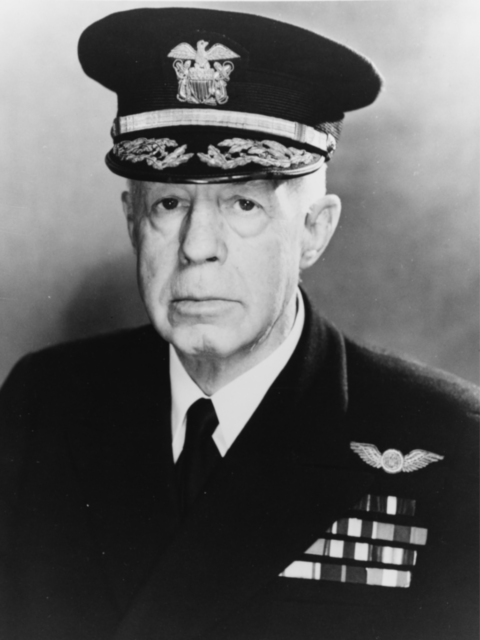
Long before December 7, 1941, the United States and Japan were sizing each other up. In fact, the former was so concerned that it drew up “War Plan Orange” – essentially an instruction manual on fighting a war against the Japanese. Unfortunately, this relied on outdated tactics and technology, thanks to its prior inception during the interwar period.
As part of this planning, the US conducted mock battles in the Pacific, with the aim being to identify weaknesses in the country’s defenses. A particularly interesting one took place on February 7, 1932 – at none other than Pearl Harbor. The exercise, named Fleet Problem No. 13, was commanded by Rear Adm. Harry Yarnell and was intended to simulate an attack from a “militaristic, Asian, island nation” on the naval base.
Yarnell adopted tactics that he believed the Japanese were likely to use, stating they had always started operations by attacking before a declaration of war. He also knew officials assumed an assault would be spearheaded by battleships, so left these behind and used two aircraft carriers instead, the USS Lexington (CV-2) and Saratoga (CV-3).
Yarnell launched a surprise aerial assault with 152 aircraft armed with bags of flour, as opposed to bombs, and attacked both the airfield and Battleship Row.
Military brass at Pearl Harbor refused to admit defeat
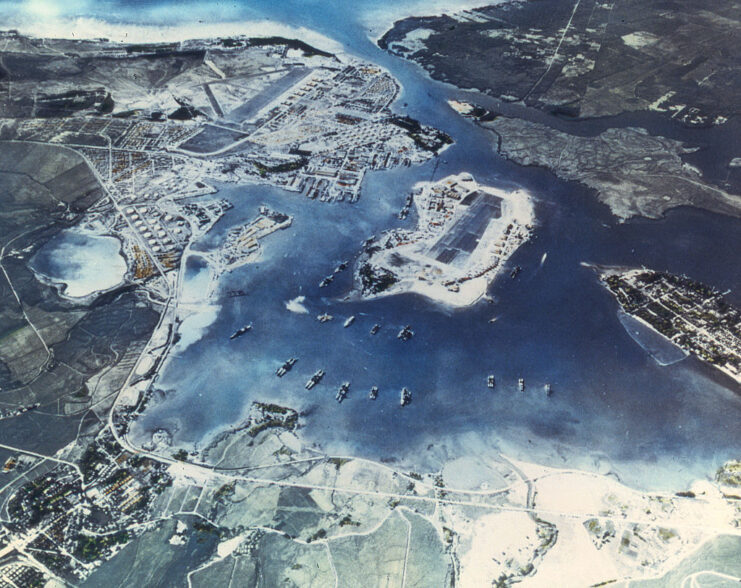
Fleet Problem No. 13 was declared a success, leaving the brass in charge embarrassed, but refusing to admit defeat. They claimed the rear admiral’s attack came at an “inappropriate” time and that it was unfair. They also argued, based on racist beliefs, that the Japanese would never have been able to drop bombs with such accuracy.
The judges of the exercise received pressure from the War Department and eventually named Pearl Harbor the victor.
More from us: Esmond Knight: The British Actor Who Was Injured During a Battle with the German Battleship Bismarck
What took place during the exercise is almost exactly what happened just under a decade later, but for real and on a much larger scale. If these very clear vulnerabilities in Pearl Harbor’s defenses had been addressed, would the Japanese have been victorious? No one can know for certain, but what is, is that the answer to that question will be debated for years to come.
